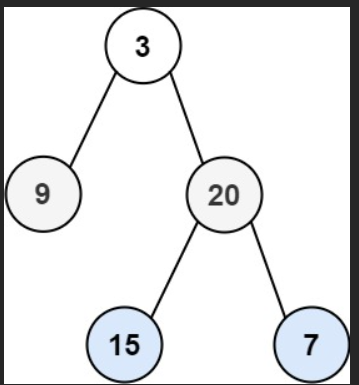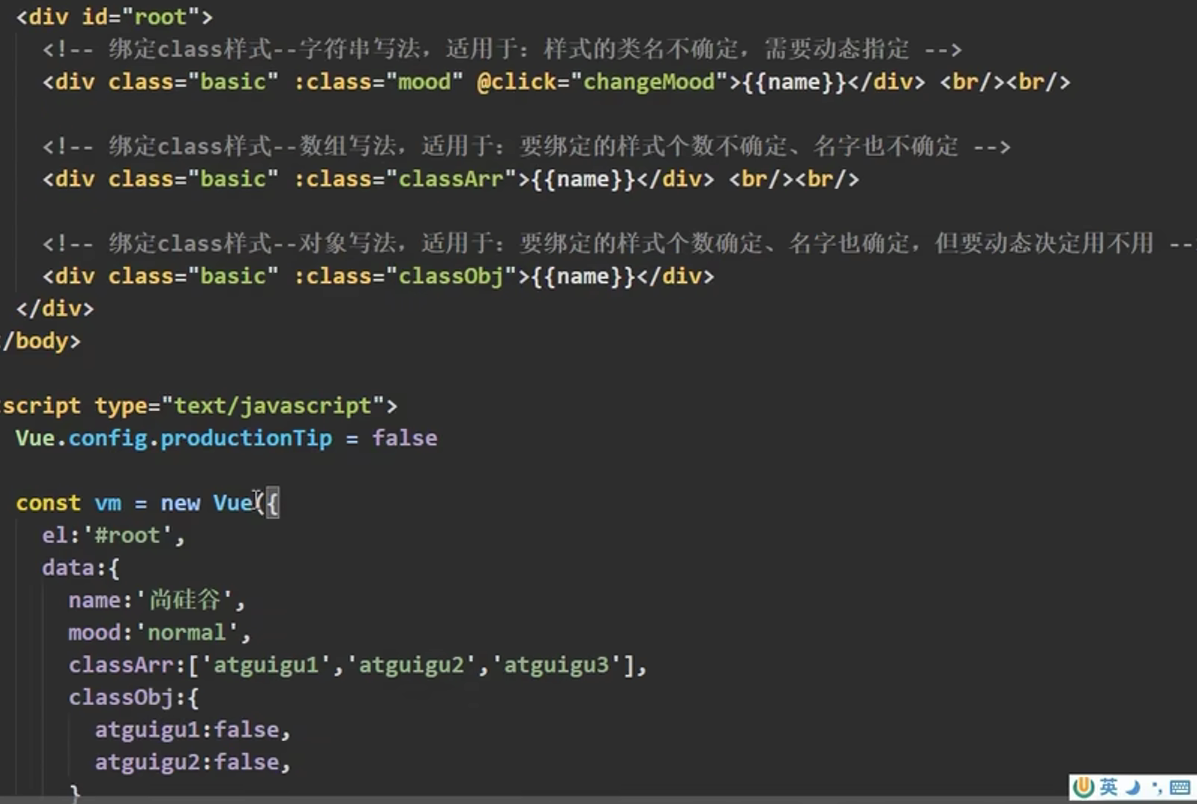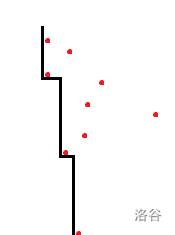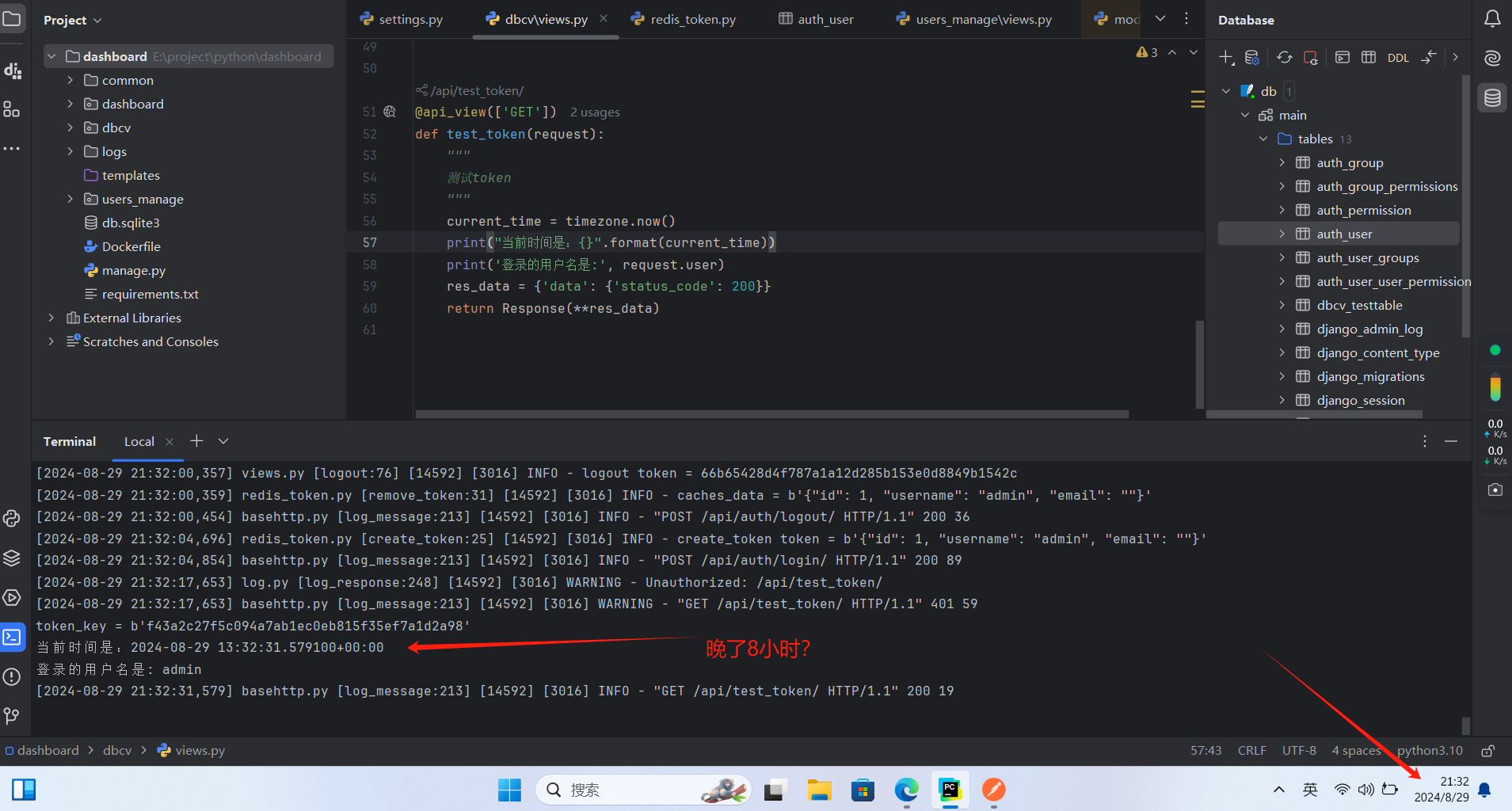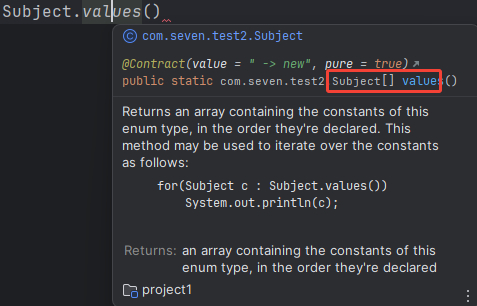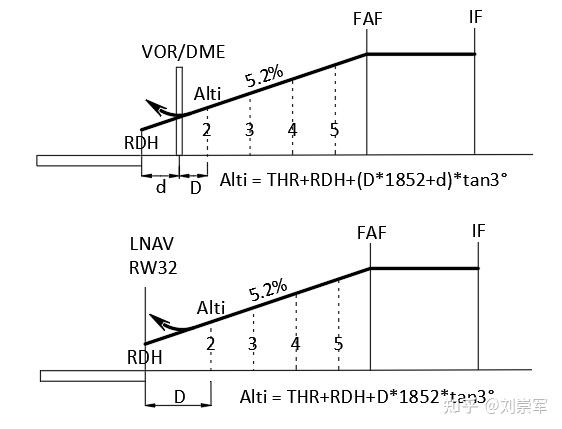ggml 是一个用 C 和 C++ 编写、专注于 Transformer 架构模型推理的机器学习库。该项目完全开源,处于活跃的开发阶段,开发社区也在不断壮大。ggml 和 PyTorch、TensorFlow 等机器学习库比较相似,但由于目前处于开发的早期阶段,一些底层设计仍在不断改进中。
相比于 llama.cpp 和 whisper.cpp 等项目,ggml 也在一直不断广泛普及。为了实现端侧大语言模型推理,包括 ollama、jan、LM Studio 等很多项目内部都使用了 ggml。
相比于其它库,ggml 有以下优势:
- 最小化实现: 核心库独立,仅包含 5 个文件。如果你想加入 GPU 支持,你可以自行加入相关实现,这不是必选的。
- 编译简单: 你不需要花哨的编译工具,如果不需要 GPU,单纯 GGC 或 Clang 就可以完成编译。
- 轻量化: 编译好的二进制文件还不到 1MB,和 PyTorch (需要几百 MB) 对比实在是够小了。
- 兼容性好: 支持各类硬件,包括 x86_64、ARM、Apple Silicon、CUDA 等等。
- 支持张量的量化: 张量可以被量化,以此节省内存,有些时候甚至还提升了性能。
- 内存使用高效到了极致: 存储张量和执行计算的开销是最小化的。
当然,目前 ggml 还存在一些缺点。如果你选择 ggml 进行开发,这些方面你需要了解 (后续可能会改进):
- 并非任何张量操作都可以在你期望的后端上执行。比如有些 CPU 上可以跑的操作,可能在 CUDA 上还不支持。
- 使用 ggml 开发可能没那么简单直接,因为这需要一些比较深入的底层编程知识。
- 该项目仍在活跃开发中,所以有可能会出现比较大的改动。
本文将带你入门 ggml 开发。文中不会涉及诸如使用 llama.cpp 进行 LLM 推理等的高级项目。相反,我们将着重介绍 ggml 的核心概念和基本用法,为想要使用 ggml 的开发者们后续学习高级开发打好基础。
开始学习
我们先从编译开始。简单起见,我们以在 Ubuntu 上编译 ggml 作为示例。当然 ggml 支持在各类平台上编译 (包括 Windows、macOS、BSD 等)。指令如下:
# Start by installing build dependencies
# "gdb" is optional, but is recommended
sudo apt install build-essential cmake git gdb# Then, clone the repository
git clone https://github.com/ggerganov/ggml.git
cd ggml# Try compiling one of the examples
cmake -B build
cmake --build build --config Release --target simple-ctx# Run the example
./build/bin/simple-ctx
期望输出:
mul mat (4 x 3) (transposed result):
[ 60.00 55.00 50.00 110.0090.00 54.00 54.00 126.0042.00 29.00 28.00 64.00 ]
看到期望输出没问题,我们就继续。
术语和概念
首先我们学习一些 ggml 的核心概念。如果你熟悉 PyTorch 或 TensorFlow,这可能对你来说有比较大的跨度。但由于 ggml 是一个 低层 的库,理解这些概念能让你更大幅度地掌控性能。
- ggml_context: 一个装载各类对象 (如张量、计算图、其他数据) 的“容器”。
- ggml_cgraph: 计算图的表示,可以理解为将要传给后端的“计算执行顺序”。
- ggml_backend: 执行计算图的接口,有很多种类型: CPU (默认) 、CUDA、Metal (Apple Silicon) 、Vulkan、RPC 等等。
- ggml_backend_buffer_type: 表示一种缓存,可以理解为连接到每个
ggml_backend的一个“内存分配器”。比如你要在 GPU 上执行计算,那你就需要通过一个buffer_type(通常缩写为buft) 去在 GPU 上分配内存。 - ggml_backend_buffer: 表示一个通过
buffer_type分配的缓存。需要注意的是,一个缓存可以存储多个张量数据。 - ggml_gallocr: 表示一个给计算图分配内存的分配器,可以给计算图中的张量进行高效的内存分配。
- ggml_backend_sched: 一个调度器,使得多种后端可以并发使用,在处理大模型或多 GPU 推理时,实现跨硬件平台地分配计算任务 (如 CPU 加 GPU 混合计算)。该调度器还能自动将 GPU 不支持的算子转移到 CPU 上,来确保最优的资源利用和兼容性。
简单示例
这里的简单示例将复现第一节最后一行指令代码中的示例程序。我们首先创建两个矩阵,然后相乘得到结果。如果使用 PyTorch,代码可能长这样:
import torch# Create two matrices
matrix1 = torch.tensor([[2, 8],[5, 1],[4, 2],[8, 6],
])
matrix2 = torch.tensor([[10, 5],[9, 9],[5, 4],
])# Perform matrix multiplication
result = torch.matmul(matrix1, matrix2.T)
print(result.T)
使用 ggml,则需要根据以下步骤来:
- 分配一个
ggml_context来存储张量数据 - 分配张量并赋值
- 为矩阵乘法运算创建一个
ggml_cgraph - 执行计算
- 获取计算结果
- 释放内存并退出
请注意: 本示例中,我们直接在 ggml_context 里分配了张量的具体数据。但实际上,内存应该被分配成一个设备端的缓存,我们将在下一部分介绍。
我们先创建一个新文件夹 examples/demo ,然后执行以下命令创建 C 文件和 CMake 文件。
cd ggml # make sure you're in the project root# create C source and CMakeLists file
touch examples/demo/demo.c
touch examples/demo/CMakeLists.txt
本示例的代码是基于 simple-ctx.cpp 的。
编辑 examples/demo/demo.c ,写入以下代码:
#include "ggml.h"
#include <string.h>
#include <stdio.h>int main(void) {// initialize data of matrices to perform matrix multiplicationconst int rows_A = 4, cols_A = 2;float matrix_A[rows_A * cols_A] = {2, 8,5, 1,4, 2,8, 6};const int rows_B = 3, cols_B = 2;float matrix_B[rows_B * cols_B] = {10, 5,9, 9,5, 4};// 1. Allocate `ggml_context` to store tensor data// Calculate the size needed to allocatesize_t ctx_size = 0;ctx_size += rows_A * cols_A * ggml_type_size(GGML_TYPE_F32); // tensor actx_size += rows_B * cols_B * ggml_type_size(GGML_TYPE_F32); // tensor bctx_size += rows_A * rows_B * ggml_type_size(GGML_TYPE_F32); // resultctx_size += 3 * ggml_tensor_overhead(); // metadata for 3 tensorsctx_size += ggml_graph_overhead(); // compute graphctx_size += 1024; // some overhead (exact calculation omitted for simplicity)// Allocate `ggml_context` to store tensor datastruct ggml_init_params params = {/*.mem_size =*/ ctx_size,/*.mem_buffer =*/ NULL,/*.no_alloc =*/ false,};struct ggml_context * ctx = ggml_init(params);// 2. Create tensors and set datastruct ggml_tensor * tensor_a = ggml_new_tensor_2d(ctx, GGML_TYPE_F32, cols_A, rows_A);struct ggml_tensor * tensor_b = ggml_new_tensor_2d(ctx, GGML_TYPE_F32, cols_B, rows_B);memcpy(tensor_a->data, matrix_A, ggml_nbytes(tensor_a));memcpy(tensor_b->data, matrix_B, ggml_nbytes(tensor_b));// 3. Create a `ggml_cgraph` for mul_mat operationstruct ggml_cgraph * gf = ggml_new_graph(ctx);// result = a*b^T// Pay attention: ggml_mul_mat(A, B) ==> B will be transposed internally// the result is transposedstruct ggml_tensor * result = ggml_mul_mat(ctx, tensor_a, tensor_b);// Mark the "result" tensor to be computedggml_build_forward_expand(gf, result);// 4. Run the computationint n_threads = 1; // Optional: number of threads to perform some operations with multi-threadingggml_graph_compute_with_ctx(ctx, gf, n_threads);// 5. Retrieve results (output tensors)float * result_data = (float *) result->data;printf("mul mat (%d x %d) (transposed result):\n[", (int) result->ne[0], (int) result->ne[1]);for (int j = 0; j < result->ne[1]/* rows */; j++) {if (j > 0) {printf("\n");}for (int i = 0; i < result->ne[0]/* cols */; i++) {printf(" %.2f", result_data[j * result->ne[0] + i]);}}printf(" ]\n");// 6. Free memory and exitggml_free(ctx);return 0;
}
然后将以下代码写入 examples/demo/CMakeLists.txt :
set(TEST_TARGET demo)
add_executable(${TEST_TARGET} demo)
target_link_libraries(${TEST_TARGET} PRIVATE ggml)
编辑 examples/CMakeLists.txt ,在末尾加入这一行代码:
add_subdirectory(demo)
然后编译并运行:
cmake -B build
cmake --build build --config Release --target demo# Run it
./build/bin/demo
期望的结果应该是这样:
mul mat (4 x 3) (transposed result):
[ 60.00 55.00 50.00 110.0090.00 54.00 54.00 126.0042.00 29.00 28.00 64.00 ]
使用后端的示例
“Backend” in ggml refers to an interface that can handle tensor operations. Backend can be CPU, CUDA, Vulkan, etc.
在 ggml 中,“后端”指的是一个可以处理张量操作的接口,比如 CPU、CUDA、Vulkan 等。
后端可以抽象化计算图的执行。当定义后,一个计算图就可以在相关硬件上用对应的后端实现去进行计算。注意,在这个过程中,ggml 会自动为需要的中间结果预留内存,并基于其生命周期优化内存使用。
使用后端进行计算或推理,基本步骤如下:
- 初始化
ggml_backend - 分配
ggml_context以保存张量的 metadata (此时还不需要直接分配张量的数据) - 为张量创建 metadata (也就是形状和数据类型)
- 分配一个
ggml_backend_buffer用来存储所有的张量 - 从内存 (RAM) 中复制张量的具体数据到后端缓存
- 为矩阵乘法创建一个
ggml_cgraph - 创建一个
ggml_gallocr用以分配计算图 - 可选: 用
ggml_backend_sched调度计算图 - 运行计算图
- 获取结果,即计算图的输出
- 释放内存并退出
本示例的代码基于 simple-backend.cpp:
#include "ggml.h"
#include "ggml-alloc.h"
#include "ggml-backend.h"
#ifdef GGML_USE_CUDA
#include "ggml-cuda.h"
#endif#include <stdlib.h>
#include <string.h>
#include <stdio.h>int main(void) {// initialize data of matrices to perform matrix multiplicationconst int rows_A = 4, cols_A = 2;float matrix_A[rows_A * cols_A] = {2, 8,5, 1,4, 2,8, 6};const int rows_B = 3, cols_B = 2;float matrix_B[rows_B * cols_B] = {10, 5,9, 9,5, 4};// 1. Initialize backendggml_backend_t backend = NULL;
#ifdef GGML_USE_CUDAfprintf(stderr, "%s: using CUDA backend\n", __func__);backend = ggml_backend_cuda_init(0); // init device 0if (!backend) {fprintf(stderr, "%s: ggml_backend_cuda_init() failed\n", __func__);}
#endif// if there aren't GPU Backends fallback to CPU backendif (!backend) {backend = ggml_backend_cpu_init();}// Calculate the size needed to allocatesize_t ctx_size = 0;ctx_size += 2 * ggml_tensor_overhead(); // tensors// no need to allocate anything else!// 2. Allocate `ggml_context` to store tensor datastruct ggml_init_params params = {/*.mem_size =*/ ctx_size,/*.mem_buffer =*/ NULL,/*.no_alloc =*/ true, // the tensors will be allocated later by ggml_backend_alloc_ctx_tensors()};struct ggml_context * ctx = ggml_init(params);// Create tensors metadata (only there shapes and data type)struct ggml_tensor * tensor_a = ggml_new_tensor_2d(ctx, GGML_TYPE_F32, cols_A, rows_A);struct ggml_tensor * tensor_b = ggml_new_tensor_2d(ctx, GGML_TYPE_F32, cols_B, rows_B);// 4. Allocate a `ggml_backend_buffer` to store all tensorsggml_backend_buffer_t buffer = ggml_backend_alloc_ctx_tensors(ctx, backend);// 5. Copy tensor data from main memory (RAM) to backend bufferggml_backend_tensor_set(tensor_a, matrix_A, 0, ggml_nbytes(tensor_a));ggml_backend_tensor_set(tensor_b, matrix_B, 0, ggml_nbytes(tensor_b));// 6. Create a `ggml_cgraph` for mul_mat operationstruct ggml_cgraph * gf = NULL;struct ggml_context * ctx_cgraph = NULL;{// create a temporally context to build the graphstruct ggml_init_params params0 = {/*.mem_size =*/ ggml_tensor_overhead()*GGML_DEFAULT_GRAPH_SIZE + ggml_graph_overhead(),/*.mem_buffer =*/ NULL,/*.no_alloc =*/ true, // the tensors will be allocated later by ggml_gallocr_alloc_graph()};ctx_cgraph = ggml_init(params0);gf = ggml_new_graph(ctx_cgraph);// result = a*b^T// Pay attention: ggml_mul_mat(A, B) ==> B will be transposed internally// the result is transposedstruct ggml_tensor * result0 = ggml_mul_mat(ctx_cgraph, tensor_a, tensor_b);// Add "result" tensor and all of its dependencies to the cgraphggml_build_forward_expand(gf, result0);}// 7. Create a `ggml_gallocr` for cgraph computationggml_gallocr_t allocr = ggml_gallocr_new(ggml_backend_get_default_buffer_type(backend));ggml_gallocr_alloc_graph(allocr, gf);// (we skip step 8. Optionally: schedule the cgraph using `ggml_backend_sched`)// 9. Run the computationint n_threads = 1; // Optional: number of threads to perform some operations with multi-threadingif (ggml_backend_is_cpu(backend)) {ggml_backend_cpu_set_n_threads(backend, n_threads);}ggml_backend_graph_compute(backend, gf);// 10. Retrieve results (output tensors)// in this example, output tensor is always the last tensor in the graphstruct ggml_tensor * result = gf->nodes[gf->n_nodes - 1];float * result_data = malloc(ggml_nbytes(result));// because the tensor data is stored in device buffer, we need to copy it back to RAMggml_backend_tensor_get(result, result_data, 0, ggml_nbytes(result));printf("mul mat (%d x %d) (transposed result):\n[", (int) result->ne[0], (int) result->ne[1]);for (int j = 0; j < result->ne[1]/* rows */; j++) {if (j > 0) {printf("\n");}for (int i = 0; i < result->ne[0]/* cols */; i++) {printf(" %.2f", result_data[j * result->ne[0] + i]);}}printf(" ]\n");free(result_data);// 11. Free memory and exitggml_free(ctx_cgraph);ggml_gallocr_free(allocr);ggml_free(ctx);ggml_backend_buffer_free(buffer);ggml_backend_free(backend);return 0;
}
编译并运行:
cmake -B build
cmake --build build --config Release --target demo# Run it
./build/bin/demo
期望结果应该和上面的例子相同:
mul mat (4 x 3) (transposed result):
[ 60.00 55.00 50.00 110.0090.00 54.00 54.00 126.0042.00 29.00 28.00 64.00 ]
打印计算图
ggml_cgraph 代表了计算图,它定义了后端执行计算的顺序。打印计算图是一个非常有用的 debug 工具,尤其是模型复杂时。
可以使用 ggml_graph_print 去打印计算图:
...// Mark the "result" tensor to be computed
ggml_build_forward_expand(gf, result0);// Print the cgraph
ggml_graph_print(gf);
运行程序:
=== GRAPH ===
n_nodes = 1- 0: [ 4, 3, 1] MUL_MAT
n_leafs = 2- 0: [ 2, 4] NONE leaf_0- 1: [ 2, 3] NONE leaf_1
========================================
此外,你还可以把计算图打印成 graphviz 的 dot 文件格式:
ggml_graph_dump_dot(gf, NULL, "debug.dot");
然后使用 dot 命令或使用这个 网站 把 debug.dot 文件渲染成图片:

总结
本文介绍了 ggml,涵盖基本概念、简单示例、后端示例。除了这些基础知识,ggml 还有很多有待我们学习。
接下来我们还会推出多篇文章,涵盖更多 ggml 的内容,包括 GGUF 格式模型、模型量化,以及多个后端如何协调配合。此外,你还可以参考 ggml 示例文件夹 学习更多高级用法和示例程序。请持续关注我们 ggml 的相关内容。
英文原文: https://hf.co/blog/introduction-to-ggml
原文作者: Xuan Son NGUYEN, Georgi Gerganov, slaren
译者: hugging-hoi2022
